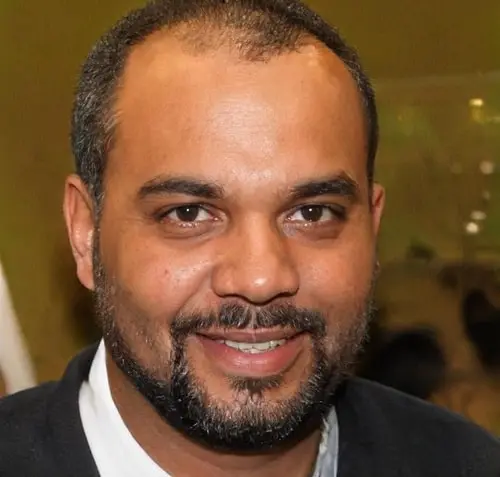As the student loan payment pause nears its end, millions of borrowers are preparing to resume payments. This transition comes amid significant changes, including the introduction of the Saving on a Valuable Education (SAVE) plan.
The student loan payment pause, initiated in March 2020 due to the COVID-19 pandemic, has been extended multiple times, providing much-needed relief to borrowers. This pause not only halted monthly payments but also set interest rates to 0%, preventing balances from growing. As of now, the pause is set to expire, with payments resuming in October 2024.
The SAVE Plan: A New Era of Loan Repayment

In response to the Supreme Court’s decision to block President Biden’s broader student loan forgiveness plan, the administration introduced the SAVE plan. This income-driven repayment (IDR) plan aims to make loan repayment more manageable for borrowers, particularly those with lower incomes.
Key features of the SAVE plan include:
- Reduction of Monthly Payments: For undergraduate loans, monthly payments will be reduced from 10% to 5% of discretionary income.
- Increased Income Protection: The amount of income considered non-discretionary is raised, ensuring that borrowers earning under 225% of the federal poverty level will not have to make payments.
- Loan Forgiveness: Borrowers with original loan balances of $12,000 or less will receive forgiveness after 10 years of payments.
Legal Challenges and Implementation Hurdles
Despite its potential benefits, the SAVE plan faces legal challenges. Several states have filed lawsuits to block the plan, arguing it exceeds the executive branch’s authority. Courts have issued injunctions, freezing parts of the plan’s implementation. These legal battles will determine the plan’s future and whether it can provide the intended relief to borrowers.
Support Measures for Struggling Borrowers
Recognizing the financial strain on borrowers, the Department of Education has introduced a 12-month “on-ramp” period. During this time, borrowers will not face the harshest consequences of missed payments, such as credit score impacts or default. This measure aims to give borrowers time to adjust as they reintegrate student loan payments into their budgets.
Broader Efforts in Loan Forgiveness
The Biden administration has also focused on fixing existing loan forgiveness programs. Notable efforts include reforms to the Public Service Loan Forgiveness (PSLF) program, which has already resulted in $132 billion in debt cancellation for over 3.6 million borrowers. These changes are part of a broader strategy to address systemic issues in the student loan system and provide relief to borrowers working in public service.
Conclusion
The end of the student loan payment pause and the introduction of the SAVE plan mark significant developments in the landscape of student loan repayment. As legal challenges unfold, the administration’s efforts to provide relief and support to borrowers continue. Borrowers should stay informed about these changes and consider their options as payments resume.

Meet Suhas Harshe, a financial advisor committed to assisting people and businesses in confidently understanding and managing the complexities of the financial world. Suhas has shared his knowledge on various topics like business, investment strategies, optimizing taxes, and promoting financial well-being through articles in InvestmentDose.com


